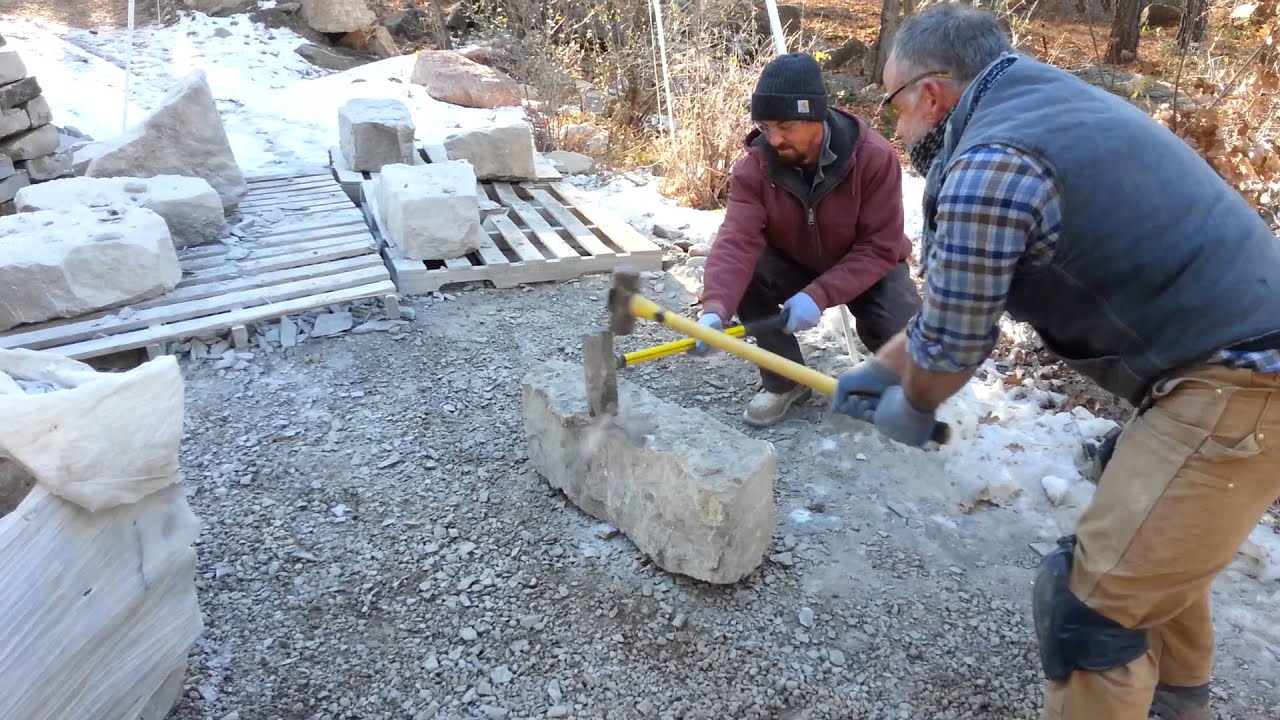

Articles
How To Quarry Stone With Hand Tools
Modified: December 7, 2023
Discover the most efficient techniques for quarrying stone using only hand tools in our informative articles. Become an expert in the art of traditional stone extraction.
(Many of the links in this article redirect to a specific reviewed product. Your purchase of these products through affiliate links helps to generate commission for Storables.com, at no extra cost. Learn more)
Introduction
Welcome to the fascinating world of quarrying stone with hand tools! In today’s modern era, where heavy machinery dominates many industries, the art of using hand tools to extract and shape stone may seem like a lost craft. However, there is still a demand for this traditional method due to its unique characteristics and the sense of craftsmanship it imparts.
Quarrying stone with hand tools requires a combination of skill, patience, and physical strength. It is a meticulous process that has been practiced for centuries by skilled artisans to extract raw materials for construction, sculpture, and other creative purposes. Whether you are a stone enthusiast, a craftsman, or simply curious about this ancient practice, this article will provide you with valuable insights into the world of hand quarrying.
In this article, we will explore the quarrying process, the selection of appropriate hand tools, safety precautions, essential techniques, and a step-by-step guide to quarrying stone. Additionally, we will discuss how to maintain and care for your hand quarrying tools, as well as alternative methods for stone extraction.
So, without further ado, let’s embark on a journey to discover the art of quarrying stone with hand tools!
Key Takeaways:
- Embrace the Timeless Craft: Quarrying stone with hand tools is a rich tradition that requires skill, patience, and a deep connection to the materials. It offers a rewarding journey of discovery and craftsmanship.
- Balance Tradition and Innovation: While traditional hand quarrying holds its allure, exploring alternative methods can open doors to increased efficiency, precision, and creative opportunities in the world of stone extraction.
Read more: How To Cut Stone With Hand Tools
Understanding the Quarrying Process
Before diving into the details of hand quarrying, it’s important to have a fundamental understanding of the overall quarrying process. Quarrying is the process of extracting stones or minerals from the earth’s surface or underground. It involves removing the desired material from a quarry, which is a type of open-pit mine or excavation site.
The quarrying process begins with the identification of a suitable location where high-quality stones or minerals are present. Geological surveys and exploration are conducted to assess the potential of the site. Once a viable quarry site is identified, the extraction process can begin.
Most quarries consist of layers of different types of rocks or minerals, with the desired material typically located deeper in the ground. The first step in the quarrying process is to remove the top layer of soil and vegetation to expose the rock or mineral deposit.
Once the surface is cleared, the next step involves drilling holes into the rock face. These holes are strategically placed to facilitate the introduction of hand tools or machinery for further extraction. The size and spacing of the boreholes depend on various factors such as the type of stone, its strength, and the extraction method being employed.
After the drilling process, the quarrying operation progresses to the extraction stage. Hand quarrying involves the use of specific tools to cleave, split, or break the rock into manageable pieces. These tools include hammers, chisels, wedges, and pry bars, which are leveraged to dislodge and separate the stone from the quarry wall.
Once the stone is extracted, it is typically transported to a processing facility for further refinement and shaping. Different stones have distinct properties that require specific techniques for cutting, polishing, or carving. The final product can range from rough blocks used for construction to exquisite sculptures and architectural elements.
Overall, quarrying is a complex and intricate process that requires careful planning, precision, and adherence to safety standards. Whether done by hand or with machinery, it is an essential industry that has contributed to the construction of historic landmarks, structural foundations, and artistic masterpieces throughout history.
Selecting the Right Hand Tools for Quarrying
Selecting the appropriate hand tools for quarrying is vital to ensure efficiency, effectiveness, and safety during the extraction process. The right tools can make a significant difference in the speed and precision of stone removal. Here are some factors to consider when choosing hand tools for quarrying:
- Type of Stone: Different stones have varying hardness, grain structure, and brittleness. It is essential to select hand tools that are suitable for the specific type of stone being quarried. For example, softer stones may require less forceful tools to avoid damaging or shattering the material.
- Tool Durability: Quarrying is a physically demanding task that puts significant strain on tools. Opt for high-quality tools made from durable materials, such as hardened steel, that can withstand the rigors of quarrying without quickly wearing out or breaking.
- Tool Design: The design of the hand tools plays a crucial role in their functionality and ease of use. Look for tools with ergonomic grips that provide comfort and control during prolonged quarrying sessions. Additionally, consider tools with specialized shapes or features that cater to specific quarrying techniques.
- Size and Weight: The size and weight of hand tools can greatly impact maneuverability and efficiency. Opt for tools that are lightweight and well-balanced, allowing for easy handling and reduced physical fatigue. However, keep in mind that certain quarrying tasks may require heavier tools for increased impact force.
- Compatibility: Ensure that the tools you select are compatible with each other and can be easily integrated into your quarrying techniques. For example, wedges and pry bars should fit securely into the drilled holes for effective stone dislodgment.
- Safety Features: Prioritize tools that incorporate safety features to minimize the risk of accidents or injuries. Look for tools with non-slip grips, reinforced handles, and protective coatings that enhance grip and reduce the chances of hand slippage.
- Personal Preference: Ultimately, personal comfort and familiarity with hand tools play a significant role in their selection. Experiment with different tools to find the ones that best suit your individual quarrying style and techniques.
Remember, the selection of hand tools for quarrying is not a one-size-fits-all approach. It requires a careful evaluation of the specific quarrying requirements and personal preferences. Investing in high-quality tools that are appropriate for the task at hand will ensure a smoother and more productive quarrying experience.
Safety Precautions and Gear for Hand Quarrying
When engaging in hand quarrying, safety should always be the top priority. Quarrying can be physically demanding and potentially hazardous, so it is crucial to take the necessary precautions and wear the appropriate safety gear. Here are some essential safety measures and gear to consider:
- Protective Eyewear: Wear safety goggles or a face shield to protect your eyes from flying debris, dust, and stone fragments that may be dislodged during the quarrying process.
- Ear Protection: Quarrying can involve loud noises, especially when using impact tools such as hammers and chisels. Use earplugs or earmuffs to protect your hearing from prolonged exposure to loud sounds.
- Hand Protection: Wear heavy-duty work gloves to protect your hands from impact injuries, cuts, and abrasions. Look for gloves that offer a good grip and dexterity to handle tools effectively while reducing the risk of slippage.
- Footwear: Quarrying sites can be uneven, slippery, or contain sharp objects. Wear sturdy work boots with steel toe caps and slip-resistant soles to protect your feet from falling stones, tools, or other hazards.
- Head Protection: Use a hard hat to protect your head from falling debris and accidental head injuries. It is particularly important when working in areas where there is a risk of rocks or tools falling from above.
- Dust Mask or Respirator: Quarrying often generates dust, which can be harmful to your respiratory system when inhaled. Wear a properly fitting dust mask or respirator to filter out dust particles and protect your lungs.
- Body Protection: Depending on the nature of the quarrying task, consider wearing protective clothing such as work overalls, knee pads, or a safety harness if working in elevated areas.
- Training and Knowledge: It is essential to receive proper training and have a comprehensive understanding of quarrying techniques, safety procedures, and emergency protocols. Seek guidance from experienced individuals or attend training programs to enhance your skills and awareness.
- Communication: Quarrying is often a team effort. Maintain clear communication with your fellow quarrying team members and establish signaling systems to ensure everyone is aware of potential risks and hazards.
- Inspect and Maintain Tools: Regularly inspect your hand tools for any signs of damage or wear. Faulty tools can pose a safety risk and compromise the effectiveness of the quarrying process. Replace or repair damaged tools promptly.
Remember, safety should never be compromised when it comes to hand quarrying. By following these safety precautions and wearing the appropriate protective gear, you can minimize the risk of accidents and create a safer working environment for yourself and those around you.
Essential Techniques for Quarrying Stone
Quarrying stone with hand tools requires a combination of techniques that have been honed over centuries. These techniques ensure efficient stone extraction while minimizing the risk of damage to the desired material. Here are some essential techniques for successful hand quarrying:
- Drilling: Proper drilling is crucial for effective stone extraction. Use a rock drill or rotary hammer to create evenly spaced holes along the marked quarry face. The depth and spacing of the holes will depend on the type and size of the stone being quarried.
- Wedge and Feather Technique: This technique involves inserting a pair of wedges and feathers (thin, flat metal strips) into the drilled holes. Gradually tap the wedges with a hammer to create tension and split the stone along its natural grain lines. Repeat this process in a sequential manner to loosen and remove sections of the stone.
- Plug and Feather Technique: Similar to the wedge and feather technique, the plug and feather technique utilizes a pair of tapered steel wedges and a center wedge, also known as a plug. Insert the plug into a drilled hole and place the two feathers on either side. Strike the plug with a hammer, causing the feathers to exert pressure and break the stone along predetermined lines.
- Line Drilling Technique: Line drilling is a technique used to create a series of closely spaced holes along a specific line. This technique is useful for removing larger sections of stone. By drilling a series of parallel holes, the stone between them can be weakened and easily separated using wedges or other extraction methods.
- Block Removal: Once the stone has been split or loosened using wedges, pry bars, or other tools, carefully remove the quarry blocks from the wall. Take care to avoid damaging the extracted stone or causing it to break further during the removal process.
- Trimming and Shaping: After extraction, the quarried stone may require trimming or shaping to achieve the desired dimensions or finish. Use tools such as chisels, handheld saws, or diamond blades to shape the stone according to the intended use.
- Finishing Techniques: Depending on the ultimate purpose of the stone, various finishing techniques can be employed. These include hand polishing to achieve a smooth surface, carving intricate designs, or employing specialized techniques like flaming or bushhammering for specific textures.
It’s important to note that each quarrying technique requires practice, patience, and an understanding of the specific stone characteristics. The choice of technique may also depend on the size, composition, and structural integrity of the stone being quarried. Experimentation and experience will help you develop proficiency in using these essential techniques for hand quarrying.
When quarrying stone with hand tools, always wear protective gear such as gloves, safety glasses, and sturdy footwear to prevent injuries from flying debris and sharp edges.
Read more: How To Hand Form Body Panels With Hand Tools
Step-by-Step Guide to Quarrying Stone with Hand Tools
If you’re ready to embark on a hands-on adventure of quarrying stone, here is a step-by-step guide to help you navigate the process:
- Site Preparation: Identify a suitable quarry site with the desired type of stone. Ensure that you have any necessary permits or permissions to access the site and quarry legally. Clear the surface of vegetation, soil, and debris to expose the rock or mineral deposit.
- Marking and Drilling: Use measuring tools and marking chalk to outline the sections or blocks of stone you intend to extract. Determine the appropriate spacing and depth for drilling holes using a rock drill or rotary hammer. Mark the drilling spots along the desired quarry face.
- Drilling: Equip the rock drill or rotary hammer with the appropriate drill bit and start drilling the marked holes. Maintain a steady pace and apply consistent pressure to create clean, evenly spaced holes. Ensure that the holes are aligned and deep enough for effective stone extraction.
- Wedge and Feather Technique: Insert a pair of wedges and feathers into each drilled hole. Position the feathers so that they are parallel to each other and perpendicular to the quarry face. Tap the wedges lightly and gradually with a hammer, applying equal pressure to each pair. This will create tension and split the stone along natural grain lines.
- Block Removal: Once the stone has been split using the wedge and feather technique, utilize pry bars or other tools to carefully remove the quarry blocks from the wall. Take caution not to damage the extracted stone or cause it to break further during the removal process.
- Trimming and Shaping: After extraction, you may need to trim or shape the stone to achieve the desired dimensions or finish. Use chisels, handheld saws, or diamond blades to trim away excess material or shape the stone according to your specific requirements.
- Finishing: Depending on the intended use of the stone, apply finishing techniques such as hand polishing, carving intricate designs, or using specialized methods like flaming or bushhammering to achieve desired texture and appearance.
- Transportation and Storage: Transport the quarried stone to the designated storage or processing area. Handle the extracted stone with care to prevent damage. Protect the stone from environmental factors that could affect its quality or stability.
- Maintaining and Care for Tools: Clean and inspect your hand tools after each quarrying session. Remove any debris or residue and store them properly to prevent damage or rust. Regularly sharpen or replace worn-out blades and ensure that the handles are secure and in good condition.
Remember, quarrying stone with hand tools requires practice, patience, and a deep understanding of the stone and techniques involved. As you gain experience, you will refine your skills and develop your personal style. Enjoy the journey as you uncover the beauty and potential within each stone you quarry!
Maintaining and Caring for Hand Quarrying Tools
Proper maintenance and care of hand quarrying tools are essential to ensure their longevity, performance, and safety. Regular upkeep and appropriate storage practices can significantly extend the lifespan of your tools. Here are some tips for maintaining and caring for your hand quarrying tools:
- Clean and Dry: After each quarrying session, clean your tools thoroughly to remove any dirt, debris, or stone particles. Use a stiff brush or compressed air to remove stubborn build-up. Ensure that the tools are completely dry to prevent rust or corrosion.
- Inspect for Damage: Regularly inspect your tools for any signs of damage, such as cracks, chips, or bent edges. Damaged tools can compromise their effectiveness and pose a safety risk. Replace or repair damaged tools promptly to avoid further damage or accidents during use.
- Sharpen Blades: Tools such as chisels and wedges may require regular sharpening to maintain their cutting efficiency. Use a sharpening stone or a file to restore the edges to their original sharpness. Follow the manufacturer’s instructions or seek guidance from experienced individuals for proper sharpening techniques.
- Oil and Lubricate: To prevent rust and ensure smooth operation, apply a thin layer of oil or lubricant to the metal components of your tools. Be sure to wipe off any excess oil to avoid attracting dust or debris during storage.
- Secure Handles: Check the handles of your tools regularly to ensure they are firmly attached and secure. Loose or damaged handles can compromise your grip and control, leading to accidents or injuries. Replace or repair loose handles promptly.
- Store Properly: Store your hand quarrying tools in a clean, dry environment to prevent moisture and rust. Choose a dedicated storage area or toolbox to keep them organized and protected. Consider using a tool wrap or a tool roll to keep your tools secure and prevent them from rattling against each other.
- Retain Original Shape: Avoid using your hand quarrying tools for purposes other than their intended quarrying tasks. Using them for excessive force or in incompatible settings can result in deformation or breakage. Respect the limitations of each tool and handle them with care to maintain their original shape.
- Replace Worn-out Parts: Keep an eye on parts that may wear down or become damaged over time, such as hammer heads or blade tips. Replace these parts promptly to ensure optimal performance and minimize the risk of accidents during use.
- Seek Professional Assistance: If you are unsure about the maintenance or repair of your hand quarrying tools, or if you need guidance in sharpening or restoring their edges, seek advice from experienced quarrying professionals or tool manufacturers. They can provide valuable insights and recommendations to keep your tools in excellent condition.
By following these maintenance and care tips, you can keep your hand quarrying tools in optimal condition, prolonging their lifespan and ensuring safe and efficient quarrying operations. Remember, well-maintained tools are not only more effective but also contribute to a more enjoyable and successful quarrying experience.
Alternative Methods for Quarrying Stone
While hand quarrying with traditional tools has its own charm and historical significance, modern technology has introduced alternative methods for extracting stone that can offer increased efficiency, precision, and productivity. Here are a few alternative methods for quarrying stone:
- Explosives: Explosives are sometimes used to break apart large sections of stone in a process known as blasting. This method involves drilling holes into the rock and placing controlled amounts of explosives. When detonated, the explosives fracture the stone, making it easier to remove. Blasting is commonly used in large-scale quarrying operations where heavy machinery is available to handle the extracted stone.
- Diamond Wire Sawing: Diamond wire sawing is a modern quarrying method that utilizes a wire embedded with industrial diamonds to cut through the stone. The wire is threaded through a series of pulleys and driven by a hydraulic machine. This technique allows for precise cutting of large stone blocks and is particularly useful for obtaining uniform slices or slabs of stone.
- Hydraulic Splitting: Hydraulic splitting is a method that uses hydraulic pressure to split stone along natural fractures, joint planes, or predetermined lines. Hydraulic splitters consist of wedges or pistons that are inserted into pre-drilled holes. When hydraulic pressure is applied, the stone fractures and separates. Hydraulic splitting is suitable for quarrying hard or dense stones where traditional hand tools may be less effective.
- Wire Sawing: Wire sawing is similar to diamond wire sawing but uses a multi-strand wire coated with abrasive material such as diamond beads or silicon carbide. The wire is threaded through a set of pulleys and driven by a machine, enabling the saw to cut through stone with precision and minimal waste. Wire sawing is often used for intricate shaping or cutting of stone.
- Quarry Chain Saw: A quarry chain saw is a specialized power tool that incorporates a chainsaw with diamond-tipped chains for cutting hard stone. It is commonly used in quarrying operations to extract blocks of stone with speed and precision. The quarry chain saw can be a more efficient method compared to traditional hand quarrying, especially for large-scale projects.
- Water Jet Cutting: Water jet cutting uses a high-pressure jet of water mixed with abrasive material to cut through stone. This method is particularly effective for intricate and detailed cutting, as it can produce precise shapes with minimal waste. Water jet cutting is often used in combination with other cutting methods to achieve a desired design or finish.
Each alternative method for quarrying stone has its own advantages and limitations. The choice of method depends on factors such as the type of stone, the desired outcome, efficiency requirements, environmental considerations, and available resources. It is advisable to consult professionals with experience in these methods to determine the most suitable approach for your specific quarrying project.
While traditional hand quarrying maintains its place as a respected craft, exploring and embracing alternative methods can provide new possibilities, efficiencies, and creative opportunities in the world of stone extraction.
Conclusion
Quarrying stone with hand tools is a rich and fascinating practice that connects us to our ancient heritage and craftsmanship. It is a skill that has been passed down through generations and continues to hold its value in today’s modern world. The process of quarrying stone with hand tools requires patience, skill, and an understanding of the materials being worked with.
In this article, we have explored the various aspects of hand quarrying, including understanding the quarrying process, selecting the right tools, safety precautions and gear, essential techniques, a step-by-step guide, maintaining tools, and alternative methods. Each of these elements contributes to a successful and rewarding quarrying experience.
As you journey through the world of hand quarrying, remember to prioritize safety, as it is of utmost importance. Wear protective gear, follow safety protocols, and take the necessary precautions to safeguard yourself and those around you.
Additionally, continually strive to enhance your skills and knowledge by seeking guidance from experienced quarrying professionals or attending training programs. Experience and hands-on practice will further refine your techniques and deepen your connection to the art of quarrying.
While hand quarrying with traditional tools holds its timeless allure, it is also important to recognize the advancements in technology that have introduced alternative methods. These methods offer increased efficiency, precision, and productivity in the extraction and shaping of stone. Exploring these methods can open doors to new possibilities and expand the range of creative opportunities available to artisans and craftsmen.
Quarrying stone with hand tools is a journey of discovery, craftsmanship, and respect for the natural materials that our planet provides. Whether you quarry for construction, sculpture, or artistic expression, the process connects us to our past while shaping the future.
So, grab your tools, embrace the challenges and rewards, and immerse yourself in the timeless artistry of quarrying stone with hand tools. Let the stones speak to you as you unlock their hidden beauty and create something truly magnificent.
Frequently Asked Questions about How To Quarry Stone With Hand Tools
Was this page helpful?
At Storables.com, we guarantee accurate and reliable information. Our content, validated by Expert Board Contributors, is crafted following stringent Editorial Policies. We're committed to providing you with well-researched, expert-backed insights for all your informational needs.

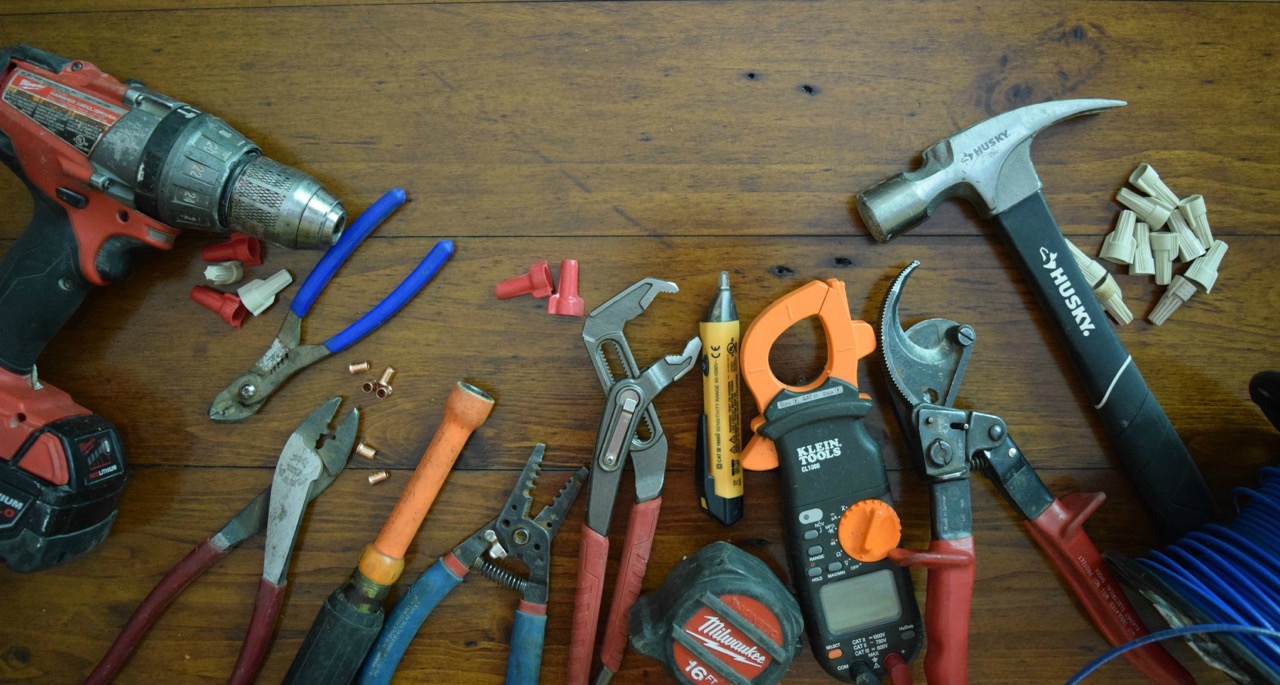
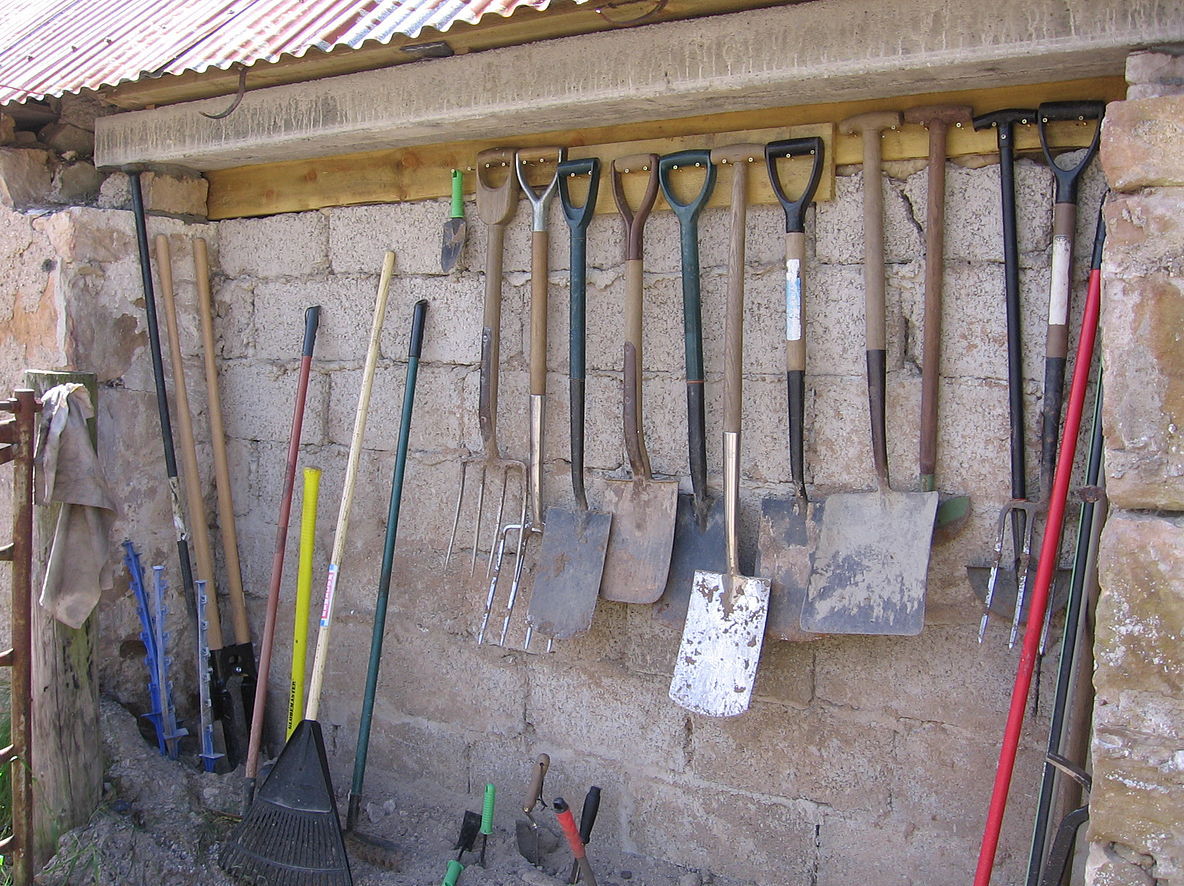
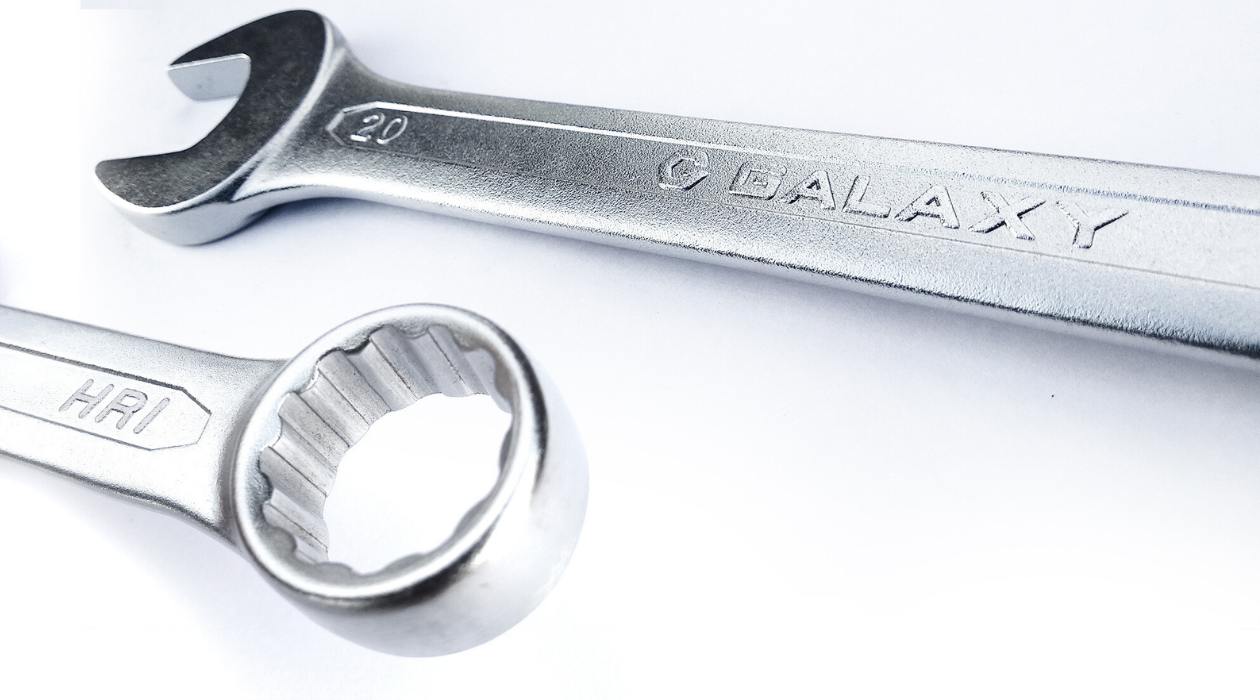

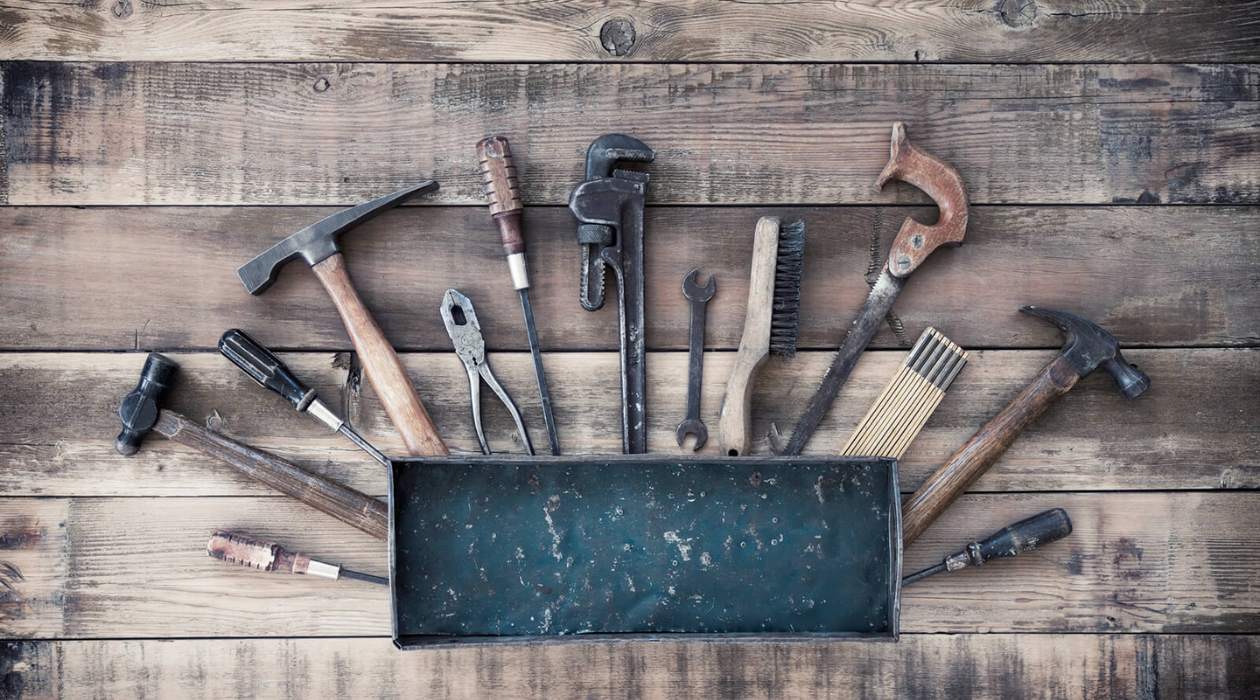



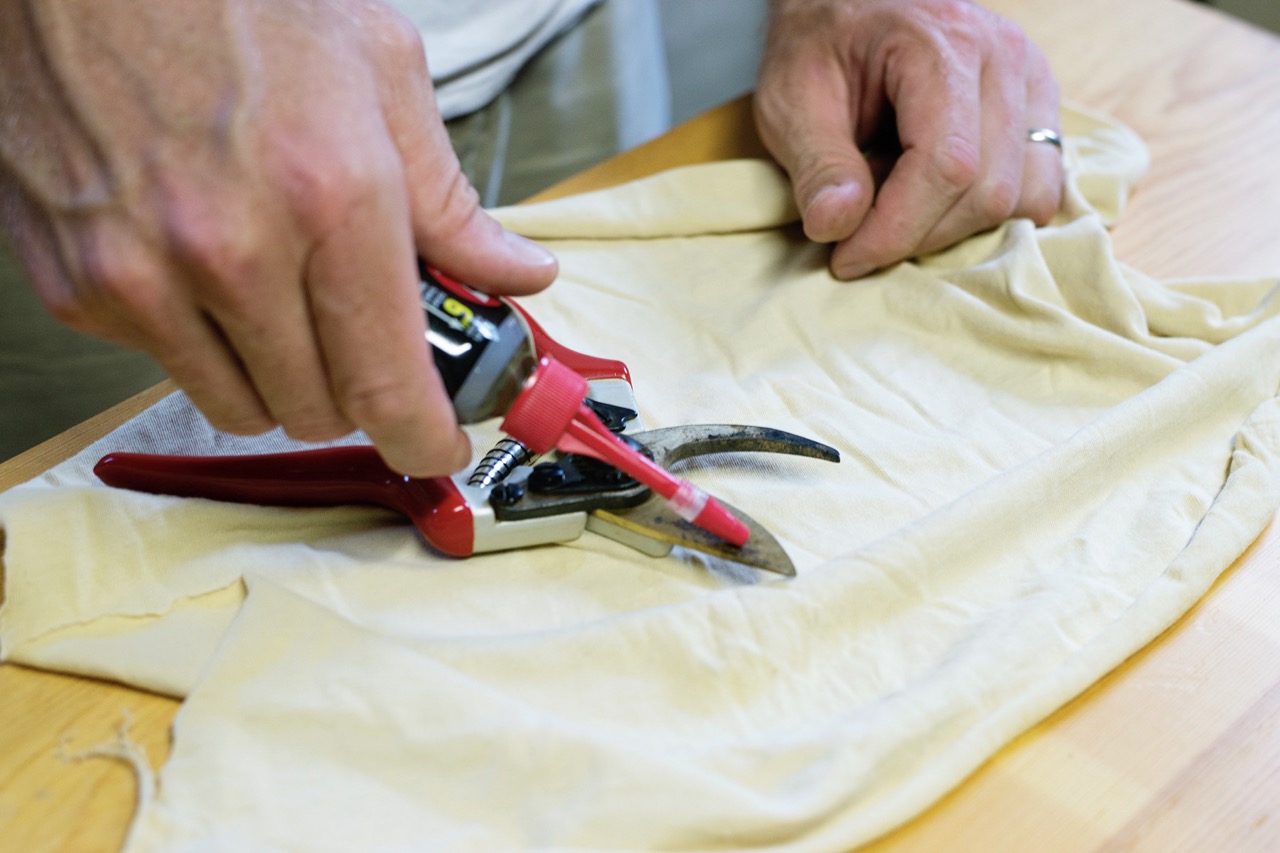

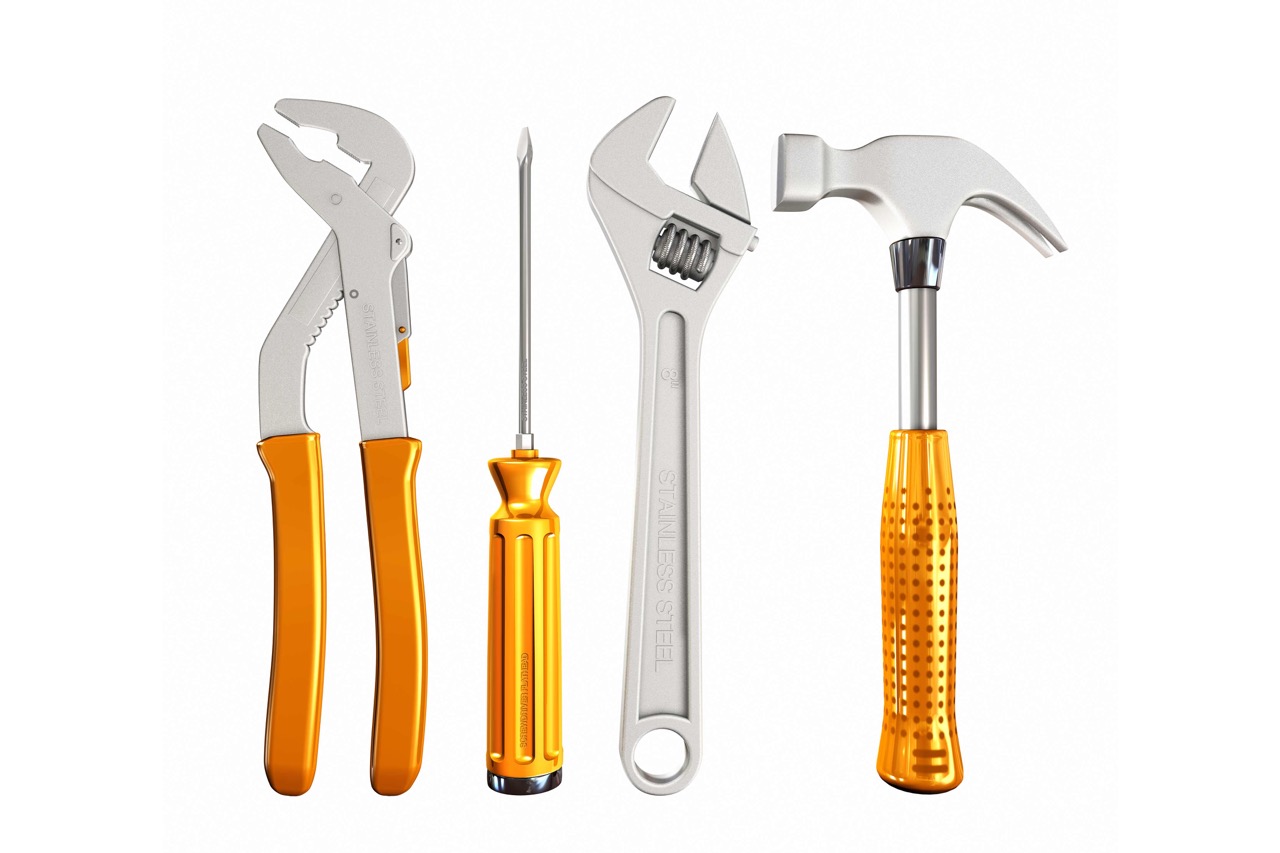

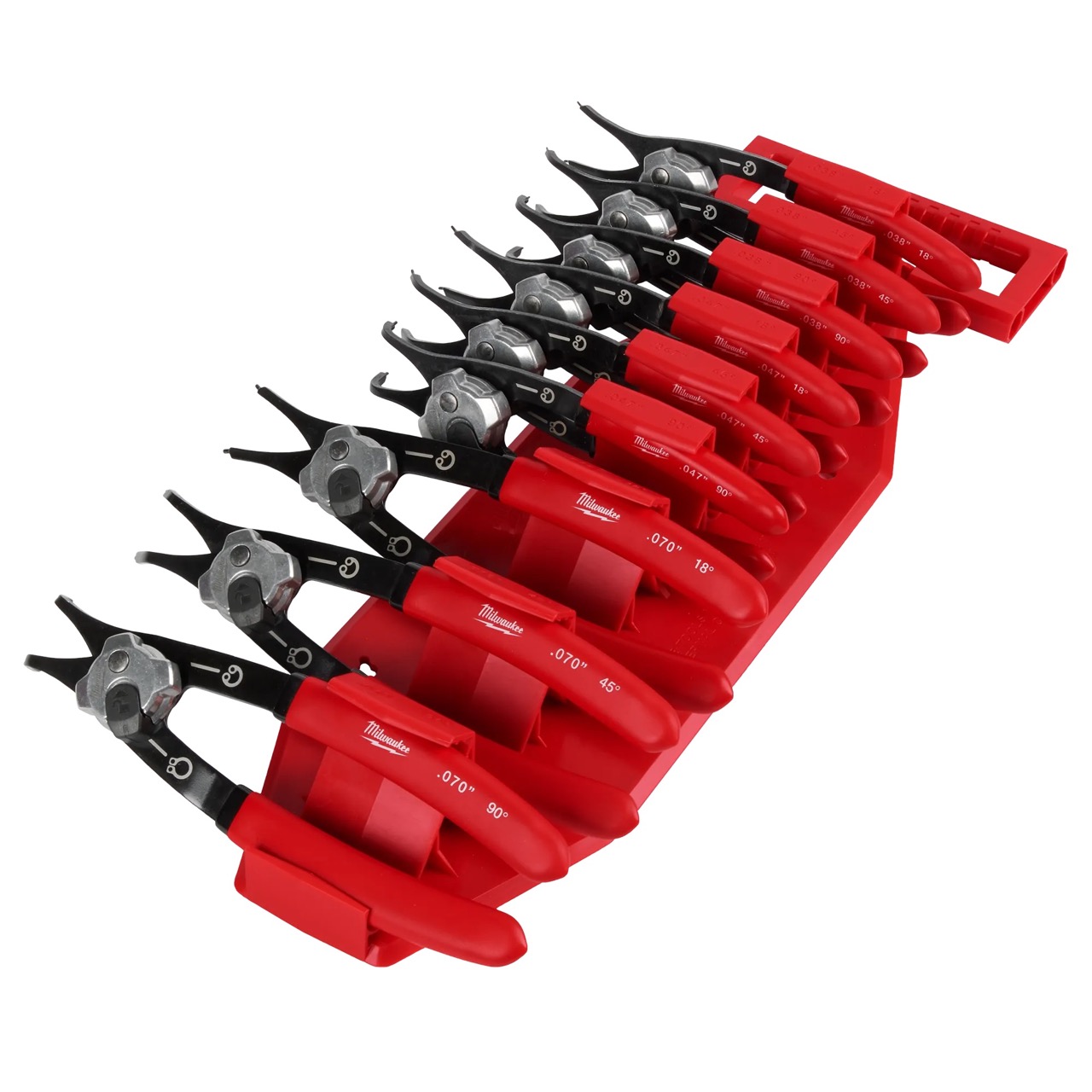

0 thoughts on “How To Quarry Stone With Hand Tools”